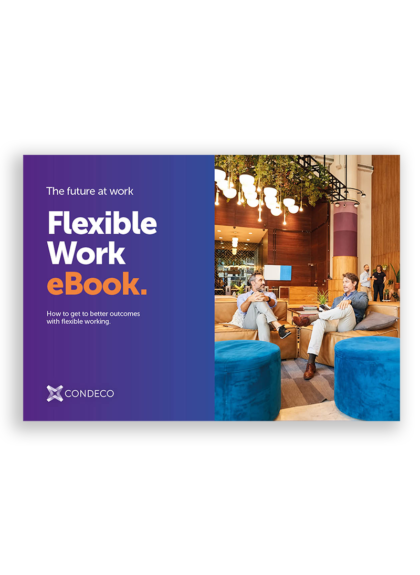Flexible work is one of the most talked-about subjects in the world of business today. After all the forced change of the COVID-19 pandemic, businesses are looking forward, towards operating at their best in a very different world of work. Most organizations who were once more office-bound face a major challenge in striking a balancing act between many competing priorities. They need to give employees a flexible work experience that’s user-friendly and supports their productivity, but in a way that is practical and sustainable for the employer, too.
“58% of C-suite executives feel individual productivity improved over the course of the pandemic, and 49% said the same about team productivity. ” ~ McKinsey
This reflects a change in the world of work, where employees are measured on their output rather than their input.
How to deliver flexible working
To work out how to deliver this, businesses have several key questions to consider:
- How many employees want to work remotely, some or most of the time – and what happens if they want to but can’t?
- What role will the office, and the workspaces within it, play in the longer term?
- Will the current office real-estate still make financial sense?
- What does a flexible work model look like for organizations?
- How do these changes impact an organization’s sustainability credentials and CO2 emissions goals?
- What technologies are available to support the flexible work demands of employers, employees and IT teams alike?
In this eBook, we’ll explore answers to all of these questions, and shed some light on how a sustainable, flexible work model that works for every stakeholder can be achieved. We’ll also look at how the easy booking and management of flexible workspaces has an important part to play, and how that can be implemented and integrated with an organization’s existing processes and solutions.



